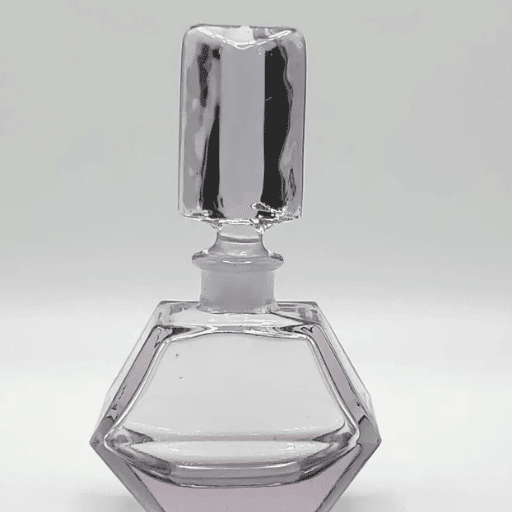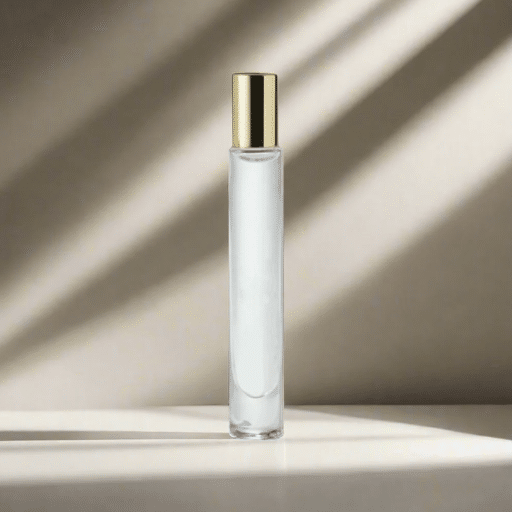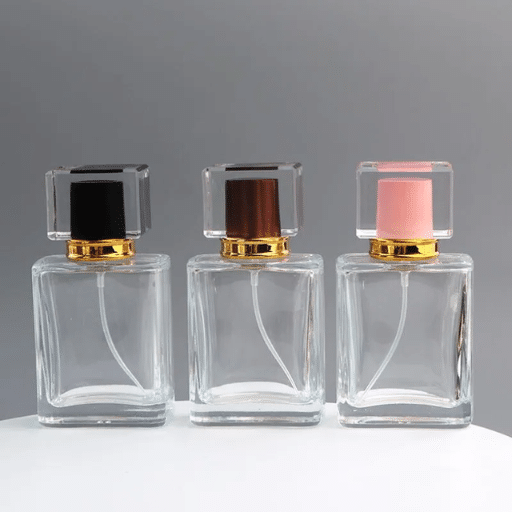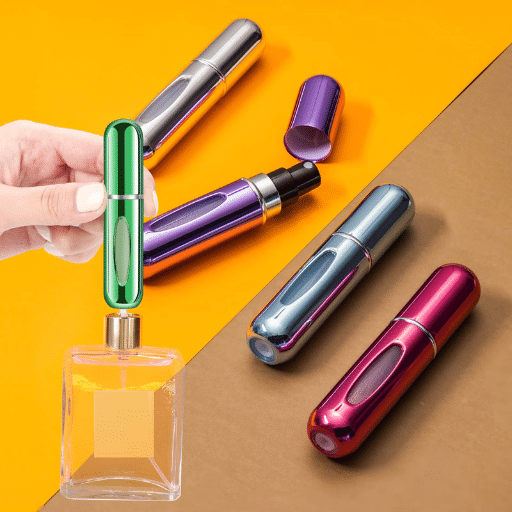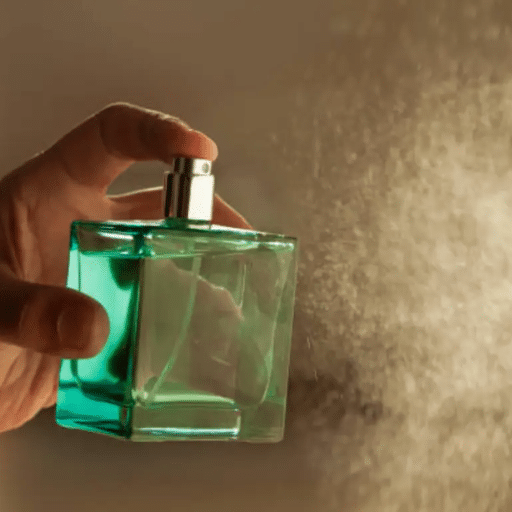It might seem as a simple operation to open a bottle of perfume, but it might quickly become very confusing with all the different packaging styles and mechanisms available today. From traditional screw caps, through to delicate atomizers and sealed splash bottles, all require their particular way to safely access the bottles and never risk a spill or damage to the bottles-if one works on a small price of glass, then the other works on an expensive drop of top fragrance. This guide shall clear up the confusion and put out very sound advice and expert hints for ever kind of perfume bottle. Become very confident with any bottle, able to preserve the contents and mainly appreciate the fragrance-whether in it as a novice collector or just a person.
Understanding Different Types of Perfume Bottles
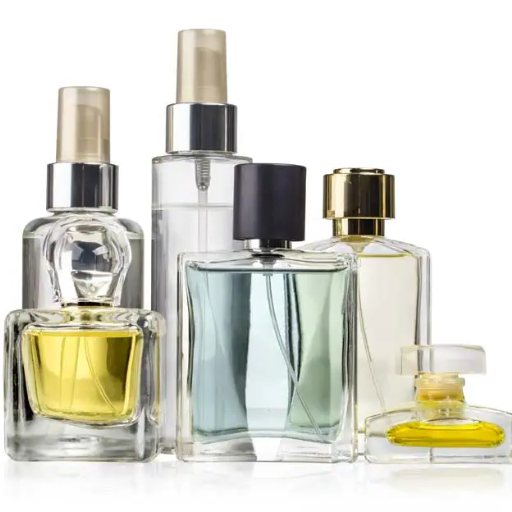
The main types of perfume bottles include spray bottles, roll-ons, splash bottles, dabbers, and refillable bottles.
|
Type |
Application |
Portability |
Refillable |
Precision |
|---|---|---|---|---|
|
Spray |
Mist evenly |
High |
No |
Medium |
|
Roll-on |
Direct contact |
High |
No |
High |
|
Splash |
Pour or dab |
Low |
No |
Low |
|
Dabber |
Touch directly |
Medium |
No |
High |
|
Refillable |
Varies |
High |
Yes |
Varies |
Common Designs and Closures
The variety of choices in the design and closure of a small perfume bottle reflects aesthetic and functional considerations. Some common shapes are the cylindrical, sleek and almost minimalist, highly ornate vintage designs, or ergonomic for ease of grip. Closures are paramount in perfume preservation; they include screw caps, snap-on lids, and magnetic closures. The screw cap closures are conventional and are considered to provide a much more secure seal, while snap-on lids are convenient for application and frequent use. Magnetic closures are a newer trend that combines style and practicality–they make sealing easy and secure, while decorative stoppers provide a great flourish while keeping perfume airtight. All this aids the longevity and usability of the product.
Glass vs. Plastic Bottles
Glass bottles are elegant, durable, and environmentally friendly, while plastic bottles are lightweight, shatter-resistant, and cost-effective.
|
Parameter |
Glass |
Plastic |
|---|---|---|
|
Aesthetic |
High |
Moderate |
|
Durability |
High |
Moderate |
|
Weight |
Heavy |
Light |
|
Eco-friendliness |
High |
Low |
|
Cost |
High |
Low |
|
Breakability |
Fragile |
Resistant |
|
Customization |
Limited |
High |
|
Recycling |
Easy |
Difficult |
Spray Mechanisms and Their Functionality
Spraying mechanisms are an intricate engineering conception meant for a fine mist or a controlled stream or aerosol application. At its very basic, most spray systems consist of a pump or pressurized chamber that moves the liquid from the reservoir through the nozzle. The nozzle is the most vital component with respect to functionality-it molds the liquid as it comes out and divides it into fine droplets. There are various kinds of spray designs, such as trigger spray, aerosol spray, and continuous misting, to name a few, each designed or optimized for special use cases.
Trigger sprayers use a mechanical pump. When actuated, the liquid is drawn from the container through the dip tube and expelled in a fairly concentrated stream or mist. On the contrary, aerosol spray systems make use of a pressurized gas to propel a liquid, thereby generating an even finer dispersion. The continuous spray bottle is often precompression-based to ensure an uninterrupted flow without sputtering. Each mechanism caters to unique requirements such as precision application, even distribution, or effective coverage of larger areas.
Knowing how a spray mechanism functions helps keep sectors as diverse as cleaning, healthcare, or personal care efficient, while diversity in nozzle technology allows variation to spray properties such as droplet size, spray angle, and pressure distribution. Such flexibility implies that material choice and design considerations become the centers when proper functionality needs to be provided for the particular industry applications.
Step-by-Step Guide to Opening a Perfume Bottle
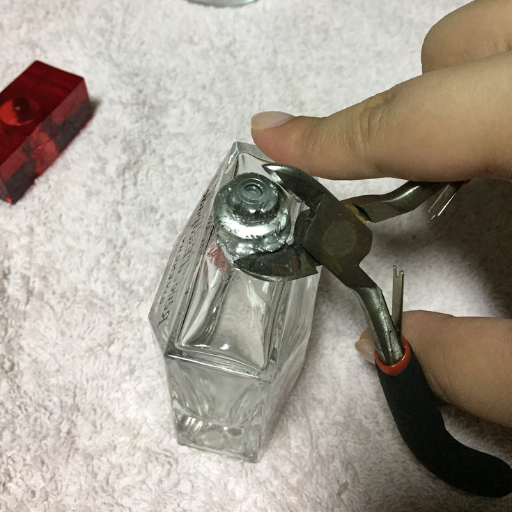
1.Inspect the Bottle
Examine the perfume bottle to identify its closure mechanism. Common closures are simple screw caps, stoppers, or sprayers having a sort of protective cover.
2.Remove Protective Cover or Seal
If the bottle has a sprayer, gently remove the protective cover or seal. If it has a stopper, gently twist and pull upward to remove the stopper.
3.Open the Cap if Necessary
If the bottle has a screw cap, hold the bottle in one hand and rotate the cap in a counterclockwise direction until it loosens and can be removed.
4.Set Up for Handling
Keep the bottle upright to prevent accidental spills. While removing the cover, try to avoid pressing the nozzle accidentally, especially if you’re dealing with a sprayer.
5.Test Spray (if Any)
If there is a spray function, press the nozzle to test the spray. Make sure to direct it away from your face and eyes.
If followed, these steps open a perfume bottle safe and efficiently, avoiding spills or damages to the product. Always treat the bottle with respect so that the fragrance may remain intact and uncontaminated.
How to Remove the Cap from a Screw Cap Bottle
To remove the cap from a screw cap bottle, I forcefully grasp the bottle and the cap in setting it loose. The turning movement is counterclockwise to loosen the cap with the bottle scarcely moving. If it is tight or stuck, I may brighten my grip by using a rubber grip or by wrapping a cloth around the cap. Another suggestion would be to loosen it by setting gentle heat under the warm water as a last resort, though care must be taken to keep the applied heat away from the product. Thus, the cap should be removed without cracking it or putting too much force with the applied method.
Opening Snap-On Lids Safely
To open a snap on lid, look for a notch or lifting point on the top of the lid, if any are available. These points are used to lift and release the seal. Place your fingers on these points and gently pry up to break the seal. If the lid is overly snug, you can press around the edges of the lid or carefully insert a thin, sturdy tool like a butter knife around the edge to pry it loose without damaging the container. Also, be sure the container is stable and avoid excessive force to prevent spills or injury. Plenty of leverage and controlled, steady movement are all it requires to safely open a snap-on lid.
Accessing Spray Bottles: A Detailed Approach
To access a spray bottle efficiently, I ensure I handle it with care to prevent damage or operational failure. Based on common guidance from leading resources, the process involves the following key steps and considerations:
- Inspecting the Spray Mechanism
First, I examine the nozzle and trigger area for any blockages or residue that could obstruct functionality. Spraying issues often result from clogs in the nozzle, which can usually be resolved by unscrewing the nozzle cap and rinsing it with warm water.
- Opening and Refilling
If I need to refill the spray bottle, I twist the upper mechanism counterclockwise to unscrew the nozzle assembly from the main container. I verify that the threads align properly during reassembly to ensure a leak-proof seal.
- Technical Parameters for Functionality
-
- Nozzle Size: Spray nozzles typically have specified orifice diameters that directly affect spray patterns. Understanding the standard measurements (e.g., 0.2 mm for mist vs. larger diameters for streams) helps me adjust or troubleshoot as needed.
- Pressure Levels: Trigger mechanisms are designed to handle varying levels of manual pressure. Excessive force can damage internal components, so I apply consistent, moderate pressure to maintain durability.
- Tube Length: The dip tube inside the bottle must reach the liquid reservoir’s base without bending or dislodging. Ensuring a proper fit is crucial for a steady spray.
- Leak Prevention and Maintenance
After refilling or cleaning, I test the seal by gently squeezing the trigger and observing for leaks. Additionally, I regularly clean and dry the internal components to prevent wear and ensure the longevity of the spray bottle.
These tasks align with established best practices, combining technical accuracy and attention to detail for optimal spray bottle performance.
Dealing with Stubborn Bottles
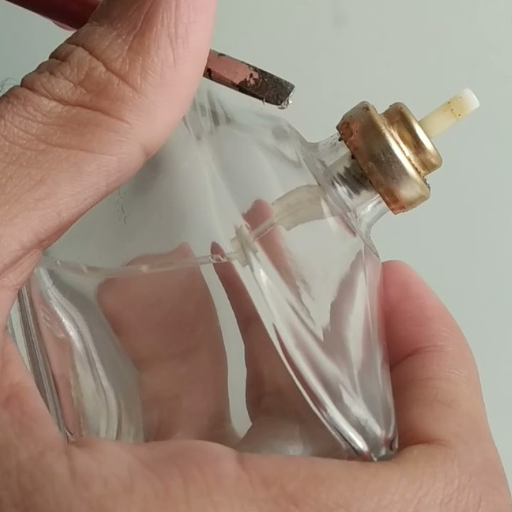
When confronted by such unreasonably stubborn spray bottles, improper functioning should lead us to first consider the various clogged pathways: checking them for clogs. The nozzle needs to be removed and rinsed under warm water to wash any blockages away. Then, check if the dip tube is above liquid level and it should not be placed in a kinked position or having any cracks. Should the poor performance condition persists…the trigger mechanism could have been damaged or it could be misaligned. Sometimes tightening all part after everything is clean can solve or at least improve the working problem. If operational problems continue to plague, worn parts-to be replaced-or, in the worst case, a new bottle ought to be bought to ensure it can work properly.
Creative Hacks for Stuck Caps
Based on my experience and research, I will recommend a few approaches in dealing with a stuck lid. First attempt running the lid under hot water for 30-60 seconds; the heat can expand the material ever so slightly and loosen the seal. If that fails, place a rubber grip on the cap-rubber jar opener or rubber gloves should work-to enhance your grip strength. For extra stubborn lids, tap the edge of the lid lightly on a hard surface while controlling it to break the seal; alternatively, insert the side of a butter knife under the lip of the lid and gently pry to release pressure. When all else fails, opt for a jar opener that is designed for stubborn lids.
Troubleshooting Tips for Tough Closures
1.Applying Heat: Run under hot water or dip in hot water for a few minutes. Besides, the heat causes some expansion of the metal, which weakens the sealing effect and eases its opening.
2.Rubber Band Method: Wrap a thick rubber band around the lid for an easy grip. Friction increases, so there are fewer chances for your hand to slip while giving force.
3.Tap With a Spoon: Tap gently all around the lid with the back of the spoon or any similar thing. Such tapping may break the seal by messing with stickiness and pressure build-up at its edges.
4.Pressure-Release Puncture: For non-reusable or disposable containers, make a tiny hole in the lid to release pressure inside. This is best for vacuum-sealed jars.
5.Leverage Tools: Use leverage tools like jar keys or lid lifters to gradually break the seal so that the power of the hand is not fully relied on. These tools lessen strenuous effort while improving efficiency.
Safety Precautions to Avoid Spills
1.Lay the Container Securely: Be assured that the container is placed on a flat surface that is stable, assuming it could possibly tip or slide.
2.Open Slowly: When liquids are under pressure, slowly open the lid to let the pressure escape in an orderly way.
3.Using Towels or Cloths: Put a towel or cloth on the lid when opening it, in case the liquid spills, and protect your hands from splashes.
4.Keep Controlled Movements: No jerks, slippery slips, or fast movements while opening containers, especially those with fragile or tightly sealed lids.
5.Position Responsibly: Keep the container at an appropriate height and angle; it should never be tilted towards you or someone else. This will prevent any spills on clothing or surfaces.
Refilling Your Perfume Bottle

Refilling should be performed with utmost care to prevent any spilling or contamination. Here are shortened instructions for you to follow:
1.Cleaning the Bottle: If the bottle already had a fragrance in it, ensure it is properly cleaned before refilling with another perfume. Use rubbing alcohol inside the bottle for sterilization, then rinse with clean water. An air dry is essential afterward.
2.Using a Funnel or Syringe: A small funnel or liquid syringe should be used to minimize any spills onto the transfer, given that inaccurately pouring only wastes the perfume.
3.Being Careful: Slowly pour the perfume from the original container into the bottle. Hold the funnel or syringe steady. Do not fill til neck level. Leave some space for the stopper or spray mechanism.
4.Attach the Lid: After the refilling process, attach the spray mechanism/cap gently but tightly to avoid any leaks and degradation in perfume.
Following the above would basically help you perform a clean, efficient, and safe refilling process that aids in maintaining the fragrance’s quality and satisfactory usability.
Choosing the Right Travel Bottle for Refills
For me, when it comes to choosing travel bottles for refill purposes, a few practical considerations come into play to ensure comfort and preservation of my precious perfume. The first feature I seek for the bottles is that they are made out of solid materials and are leakproof so that any spill may be avoided during traveling. Another consideration would be to require containers with an easier refill process allowing minimal wastage and contamination. Finally, they should be TSA-friendly in size, which usually means being under 3.4 ounces or 100 milliliters, to be verified against air-travel regulations. In this way, I am convinced that good travel bottles should be chosen, ensuring that the perfume remains intact and ready for travel onto the jet.
Step-by-Step Process for Refilling
1.Choose the Right Refill Tool
A refill tool, be it a funnel or transfer device, should fit your fragrance bottle well and offer a minimum risk of spillage during filling.
2.Clean and Sterilize the Travel Bottle
Rinse with warm water and, if possible, sterilize the bottle with alcohol to get rid of anything that would remain or any contamination. Let the bottle dry fully before use.
3.Prepare the Original Fragrance Bottle
Make sure the original fragrance bottle is clean and stable. Take off the cap or spray nozzle, if applicable, from the fragrance liquid.
4.Positioning of Bottles
Keep the travel bottle firmly on a surface below and, using proper caution, attend to align it with the refill tool or directly with the original bottle’s nozzle or opening.
5.Transfer the Fragrance
Slowly transfer the fragrance into the travel bottle while controlling the movement to prevent overfilling. If using a spray-transfer system, press the nozzle gently and evenly.
6.Check Fill Level
Put on watch to check the fill level of fragrance in the travel bottle to whose surface capacity must not be surpassed. A little air space on top is better as it will allow some shrinkage or contraction to avoid leakage during sealing.
7.Seal the Travel Bottle
The filled travel bottle must be completely sealed and tightly secured with the cap or spray nozzle to ensure no water leakage occurs. Wipe off any residue fragrance on the bottle exterior.
8.Labeling the Bottle (Optional)
Labels can be placed onto the bottle for identification reasons with the fragrance name and any useful information. For instance, date of transferral for ease of identity.
9.Store Properly
Store the travel bottle at a cool place and keep the ambiance dry, away from direct sunlight and extreme temperature circumstances that would jeopardize the integrity of the fragrance.
Common Mistakes to Avoid When Refilling
1.Overfilling the Travel Bottle
Overfilling the travel bottle could easily spill some fragrance, especially if there is a pressure or temperature change due to weather conditions. It is best to leave just a tiny space on the top.
2.Using Unclean Tools or Bottles
A fragrance transferred into a contaminated bottle or using dirty funnels and tools away from pureness of scent could subject the perfume to foreign odors or bacteria. Hence all equipments used have to be well cleaned and dried.
3.Collapsing Fragrance through Air and Light
Exposure to fragrance to air and illumination can rapidly degrade its quality. Work swiftly and keep the time during which the fragrance stays exposed to a minimum.
4.Mixing Fragrances in the Same Bottle
If various fragrances are mixed, whether knowingly or not, their initial compositions are altered, and the results can be unpleasant or unexpected. Always use a specific bottle for each fragrance.
5.Improper Sealing
Failure to properly seal the bottle cap or nozzle results in leakage and evaporation. After refilling, ensure to double-check for an airtight seal.
FAQs About Opening and Refilling Perfume Bottles
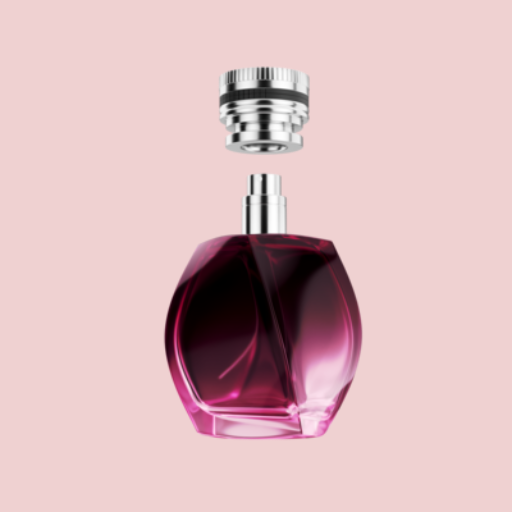
1. Can I use any tool to open the perfume bottle?
To avoid any damage to the bottle or its components, it is best to use the tools giwen for use on perfume bttles, like a small funnel or a nozzle remover.
2. Is it safe to mix the fragrance in one bottle?
No, because this can alter the composition of the fragrance and can result in undesired odors. It is always advisable to keep each bottle exclusively for one fragrance.
3. How can I be sure that the bottle won’t leak after refilling?
Make sure that the cap and the nozzle are tightly closed to prevent any air from going in or out. Double-check if there is anything loose and if all parts are aligned properly before you are done with the filling.
4. What is the best way to clean the perfume bottle before starting the refill process?
Clean the bottle by rinsing it with a little amount of pure alcohol and let it air dry completely. This prevents it from building any undesirable residues, whilst keeping the new fragrance uncontaminated.
What to Do If My Bottle Is Still Stuck?
If the bottle is still stuck, I would first try to gently twist the nozzle or cap, avoiding excessive force since it could damage the bottle. If it still remains stuck, I may run warm water over the neck to dislodge the dried residue or buildup. Gentle rubbing with a rubber grip or rubber gloves might also provide the traction needed to twist the stuck part free. If that does not work, I may have to use a little tool such as tweezers to gently pry the piece away without breaking it.
Can I Use Any Liquid to Refill My Bottle?
Using just any liquid to refill your perfume bottle is discouraged. Perfume bottles have been specifically designed to contain fragrance compositions, a carefully balanced mixture of alcohol, essential oils, and other ingredients. Introducing other liquids such as water, oils, or some homemade concoctions can cause damage to the bottle and even break the sprayer mechanism, not to mention alter the actual scent profile. For healthier alternative investments on quality and performance, one can only theoretically consider refilling his/her bottle either with the same fragrance or with a compatible product offered by the manufacturer during official refilling.
How to Maintain My Perfume Bottle?
To keep my perfume bottle safe, I store it in places that have a cool atmosphere and low humidity and away from direct sunlight and extreme temperatures because such situations degrade the fragrance with time. I don’t shake it unnecessarily as it would allow air in that possibly changes the scent’s composition. I always attempt to keep the nozzle or atomizer clean with a dry cloth to prevent clogging, while also ensuring that the cap is tightly sealed to avoid evaporation. These steps will help maintain the longevity and quality of the perfume.
Reference Sources
-
How to Open a Perfume Bottle: Tips and Tricks for Success – Offers practical advice on opening different types of perfume bottles.
-
Exploring the Parts of a Perfume Bottle – Discusses various atomizer types and their mechanisms.
-
Parts of a Perfume Bottle: Functions and Designs – Provides insights into common mechanisms like pump sprays and their functionality.
-
Understanding the Different Types of Perfume Bottles – Explains the design and usage of various bottle types, including dabbers and sprays.
-
A Comprehensive Guide to Fragrance Pump Designs – Details different pump designs and their impact on dispensing perfume.
Frequently Asked Questions (FAQs)
Q:How to Open a Perfume Bottle Without Damaging It?
A:Opening any perfume bottle gently is essential so that the bottle is not damaged. If the bottle contains a stopper, pry it open gently with your fingers or some soft cloth. For a bottle with a nozzle of some sort, press the nozzle down and twist the top off. Always hold bottles in an upright position to avoid spilling.
Q:What Are the Different Perfume Bottle Designs?
A:There are many different perfume bottle designs, with vintage bottles often shaped intricately and modern bottles leaning toward plain and abstract. Every design has an aesthetic property that sometimes can translate into a relationship where one can open a perfume bottle with ease while well complementing the scent inside.
Q:How to Open a Perfume Bottle Spray?
A:Locate the nozzle on the upper part of the bottle to open a perfume bottle spray. Press the nozzle down and twist to release the top. The top can be gently pried using a pair of pliers if the bottle is sealed, but caution must be observed not to damage the bottle.
Q:Is It Difficult to Open Different Perfume Bottles?
A:Some perfume bottles can be considered difficult to open compared to others. For example, bottles having a complicated design of the cap or security feature integrated into the closure can be tricky. It can smoothen the process of opening your favorite fragrance if you know how to open a perfume bottle.
Q:Can I Refill My Travel Perfume Bottle?
A:Yes, it is possible to refill a travel perfume bottle, and often it is advisable to do so to save space. At refilling, release the bottle by taking away the nozzle or the cap; pour your perfume gently into the bottle. Make sure the bottle is completely empty before refilling to prevent mixing of fragrances.
Q:How to Open a Sealed Bottle of Perfume?
A:To open a sealed bottle of perfume, you may need to use a pliers or soft cloth to grip the cap. Gently twist or pull while being careful not to apply too much force, which could lead to damage to the bottle. Once opened, be sure to wipe the nozzle before use.
Q:What Should I Do If My Perfume Bottle Is Stuck?
A:If stuck, for a few seconds hold the bottle under the stream of warm water. If it still remains unopenable, try the use of rubber grip mats for better handling. This, however, does not mean to try with force as it will damage the bottle or perfume within.
Q:How to Pour the Perfume Without Spilling?
A:Making sure the bottle is opened and tilted only slightly, keep the bottle upright as you pour slowly. If pouring into another bottle, make sure both bottles are clean and dry to maintain their integrity with your preferred scent.
Q:What Is the Best Way to Open the Top of the Bottle?
A:First thing is to check what type of top your bottle has. If it is a nozzle, pushing down and twisting is the way to go. If it is a screw cap, unscrew it by turning it counterclockwise. Always be sure to firmly hold the bottle and avoid any quick movements to avoid spilling.

